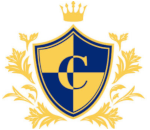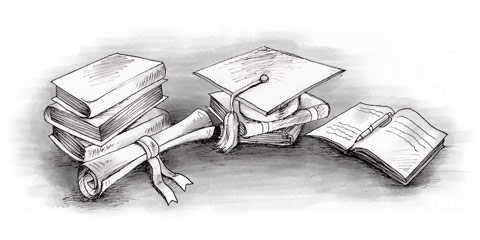The majority of private schools are co-educational, non-denominational day schools (Catholic private schools usually admit non-Catholic students), many of which operate a Monday to Friday timetable. There are very few boarding schools in Italy.
Most private schools in Italy are either authorised or given legal recognition by the state and many receive state funding and must therefore adhere strictly to central government directives on syllabi and curricula. Teachers’ qualifications must also be recognised. As a result, there’s little difference between the quality of education in the state and private sectors, and many people consider standards in private schools to be inferior. The majority of private schools duplicate the curriculum offered in state schools, with perhaps the inclusion of a few extra courses.
Advantages of private schools
One advantage of most private schools is that they offer a more caring and protective atmosphere, and the opportunity to take additional or intensive lessons, which some parents believe to be more conducive to learning. Some parents in wealthier areas of the major cities send their children to a private school simply for the cachet.
Private schools usually have fewer pupils than state schools, but class sizes aren’t necessarily any smaller. Private schools often cater for a wide age range (from 6 to 19) and some also offer nursery facilities. At secondary level there’s a bias toward classics, scientific and linguistic schools, few private schools offering technical or vocational training. There’s sometimes a stricter regime in private schools, particularly as many are run by religious orders, and uniforms may be compulsory (whereas in state schools uniforms aren’t usually worn, although children sometimes wear a smock over their clothes).
School fees in Italy
Private school fees vary according to the kind of school and the variety of services that are offered. Most require parents to pay an enrolment fee (e.g. between €300 and €550) followed by either annual or monthly fees (e.g. between €175 and €350 per month).
Among the private schools that aren’t state supported are schools known as scuole di ricupero (literally ‘schools of recovery’), designed to meet the needs of students who, for various reasons, must repeat one or more years’ schooling in order to gain their upper secondary school diploma. Fees are generally high, particularly if you want to cover the maturità syllabus. These schools don’t function as exam centres and pupils must usually take their examinations at a recognised centre and pay an additional fee. Ricupero schools usually also offer exam preparation at university level.
International & Foreign Schools in Italy
There are a number of international schools in Italy, whose main language of instruction is English. These tend to offer the best alternative for expatriates who want their children to continue their education in the American or British system. International schools are invariably situated in the major urban centres, including Florence, Genoa, Milan, Naples, Padua, Rome, Treviso, Trieste and Turin, and range from pre-schools and kindergartens to secondary schools, with pupils aged from 3 to 19 years.
They teach a variety of syllabi, including the British GCSE and A-level examinations (including key stages in the National Curriculum SATS tests), American High School Diploma and college entrance examinations (e.g. ACT, SAT and AP exams), and the International Baccalaureate (IB), which is recognised worldwide as a university entrance qualification.
Class sizes tend to be small, with students of a wide range of nationalities, and schools pride themselves on the variety of sports and extra-curricular activities on offer, some even boasting campus sites of several acres. Many international schools offer bi-lingual programmes, enabling students to sit Italian state exams (for reintegration into the Italian state system), as well as English as a Foreign Language (EFL) exams if their first language isn’t English. Fees for international schools range from around €4,250 to €12,500 per year; only a few offer boarding facilities. Admission is usually based on previous school reports and sometimes personal interview.
Among the most prestigious international schools is the United World College of the Adriatic near Trieste, Via Trieste, 29, Duino (www.uwcad.it ). Pupils are selected on academic ability and scholarships are offered annually. Students who aren’t resident in Italy must apply via the sister college in their home country.
A list of American and British schools can be obtained from the cultural sections of Italian embassies abroad and from the European Council of International Schools (www.ecis.org ). The American Embassy in Italy lists many English-speaking schools on its website (www.usembassy.it ). There are also French lycées in Rome and Milan, and a number of private schools that teach in other foreign languages.
This article is an extract from Living and Working in Italy. Click here to get a copy now.


